KOKUYO DESIGN AWARD 2022
Final Judging Report
Because These Times Are Uncertain, We Must Relearn— An Entry That Delved into the Very Essence of This is the Winner
The Final Judging for KOKUYO DESIGN AWARD 2022 took place on Saturday, March 12, 2022. One Grand Prix winner and three Merit Award winners were selected. The AWARD received 1,031 entries in total—555 from Japan and 476 from abroad. The Grand Prix went to “Flow of Thoughts” by Emilie and Joseph from France. The Final Judging, the Award Ceremony, and judges’ talk show took place at KOKUYO’s office, THE CAMPUS, which recently celebrated its first anniversary since it was renovated and reopened in February of last year. As a measure against COVID-19, all of the events were streamed live online.
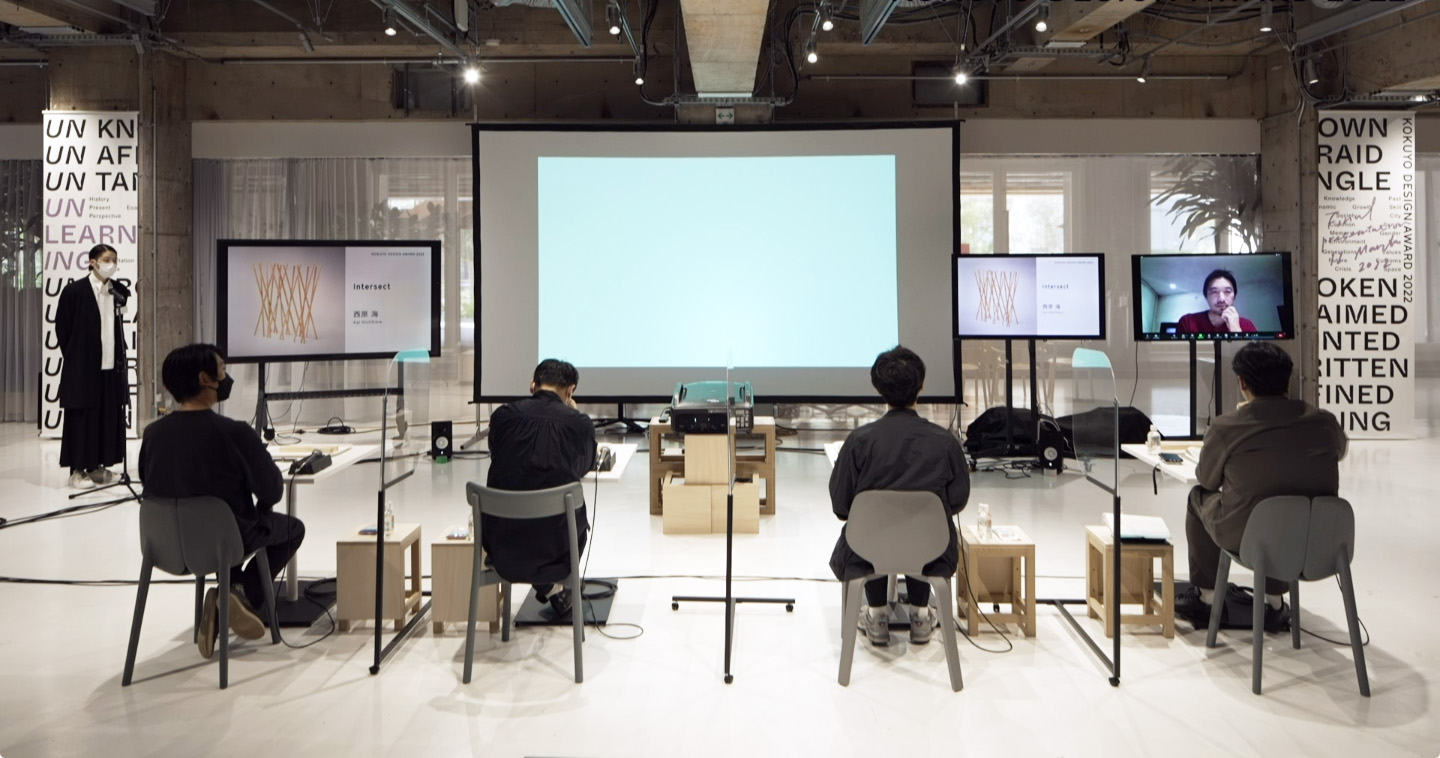
The KOKUYO DESIGN AWARD 2022 marks the competition’s 19th year. When choosing this year’s theme, the judges wanted design proposals that delved into more fundamental matters. After many discussions, they finally settled on “UNLEARNING.”
“UNLEARNING” can mean rejecting what you have learned, or deconstructing what you know. The pandemic has caused dramatic changes that are sweeping across the world, and that is precisely why we included in the theme our expectations of momentarily forgetting the common sense and knowledge that we have used until now, and re-examining and relearning the things in our surroundings that we have taken granted.
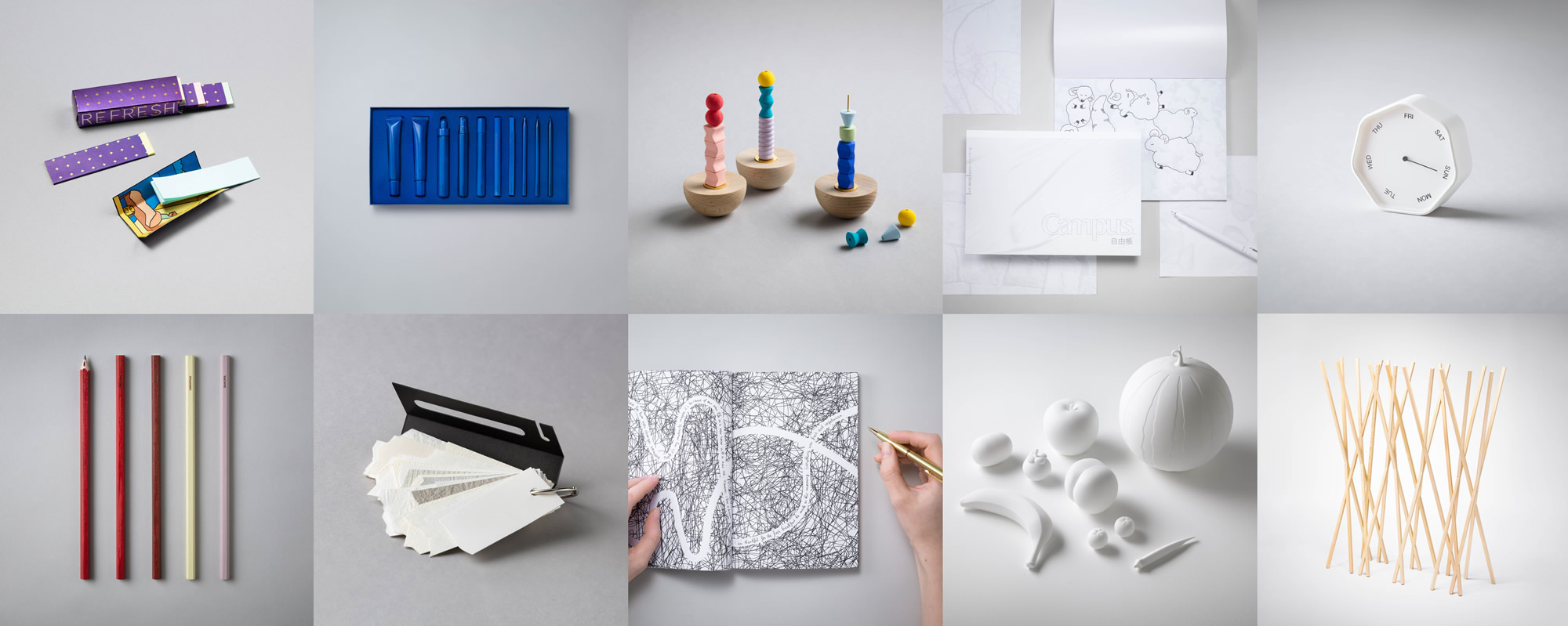
As not many people were familiar with the word in Japan, and the fact that there are many different ways to interpret it made the theme apparently quite challenging, there were far fewer entries compared to last year. Even so, all of the entries were of high quality, and almost half were from abroad. We were able to demonstrate the quality of the design competition and its high level of global recognition.
A French Work Won the Grand Prix
Pre-recorded presentation videos by the 10 finalists were shown at the final judging on March 12. These were followed by a question and answer session at the venue or online. After that, a review was done in a separate room, and the final vote was made by the judges to determine the winning entry.
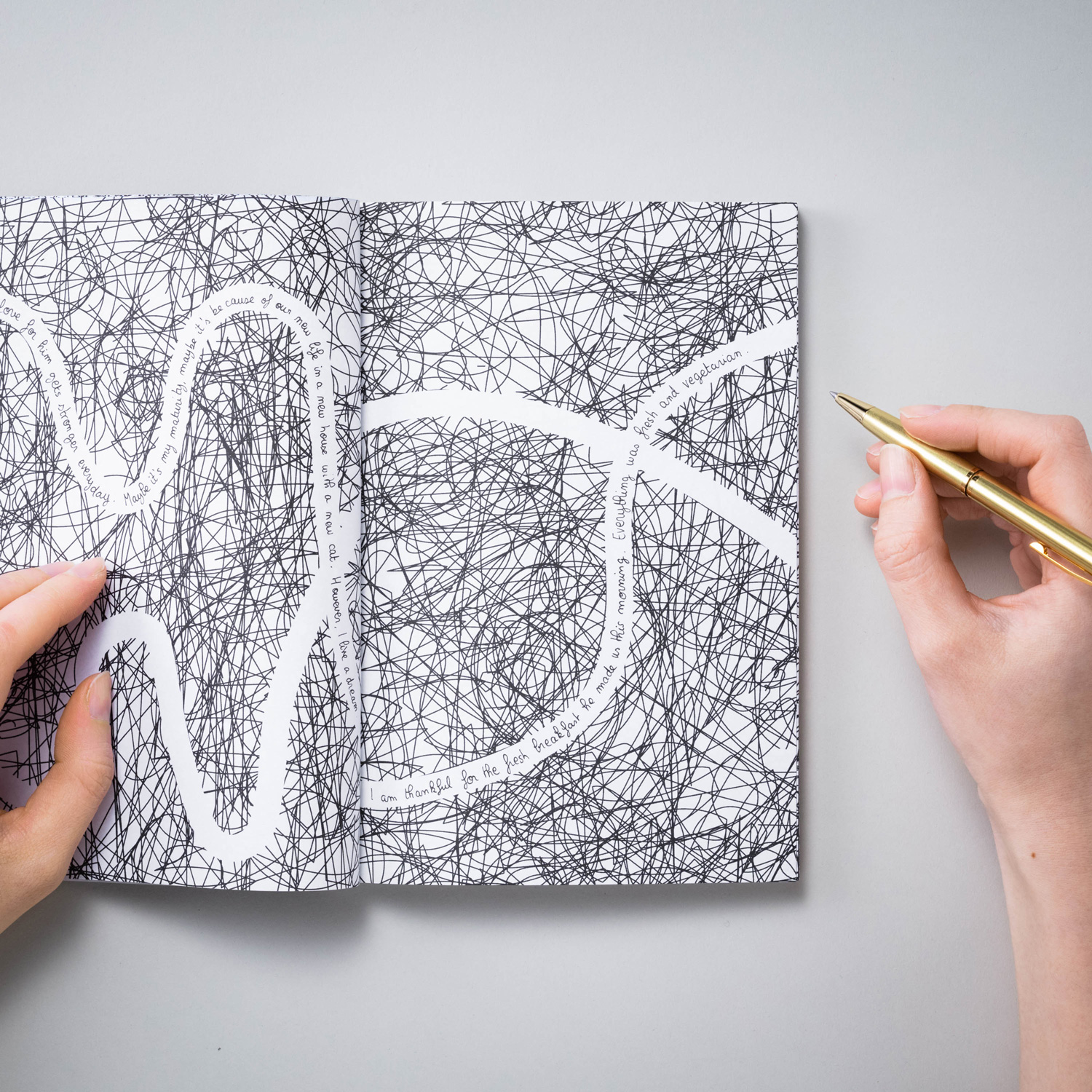
It was decided that the Grand Prix would go to “Flow of Thoughts” by Emilie and Joseph from France. This work is a journal for sorting out one’s thoughts in a society of information overload. The user writes down only the sentences that they think are important on the white line, and writes any noise or negative thoughts floating around in their head on the scribble patterns printed on the rest of the page. The artists, Emilie and Joseph, explained, “The goal is to minimize your thoughts by filtering them.”
There were mixed opinions and many heated discussions during the judging. Half of the judges gave it high praise, saying that the design fit the theme and comprehensively included the act and spirit of writing. Half of them disapproved, saying that its usefulness was difficult to understand and questioning whether it was possible to truly sort out one’s thoughts given the design’s restrictions. Ultimately, it won the award for having a poetic charm in terms of shape and expression that could not be described in words—how the white line represented a road taken on a journey—while maintaining a logical concept.
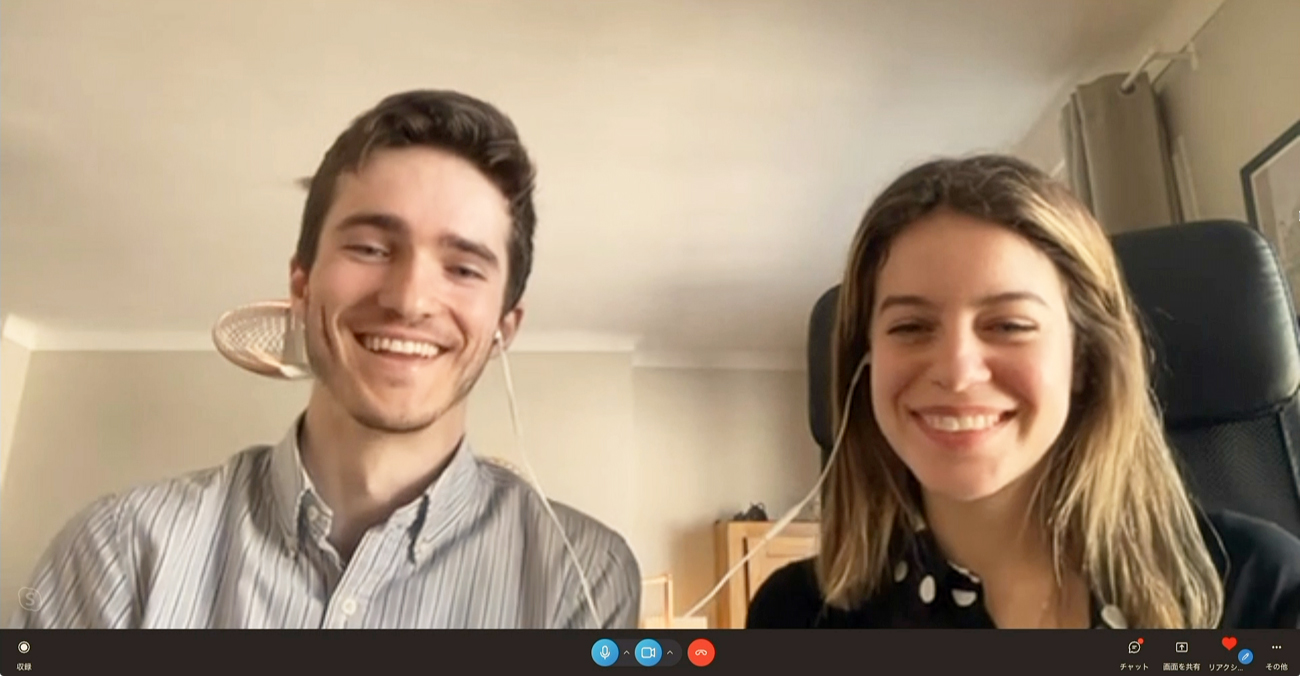
The winners of the Grand Prix, Emilie & Joseph (Emilie-Marie Gioanni, Joseph Chataigner)
Emilie & Joseph expressed their joy over winning: “Thinking about what is happening in the world now, the fact that we were able to work on a design that deals with senses and emotions was very significant for us. We’re also personally happy that we could enter and win as a unit.”
Merit Awards Went to Units
Merit Awards were given to three works: “tokiwokumu” (mrk), “Texture Sketchers” (21B Studio), and “Fruit Instruments” (21B Studio).
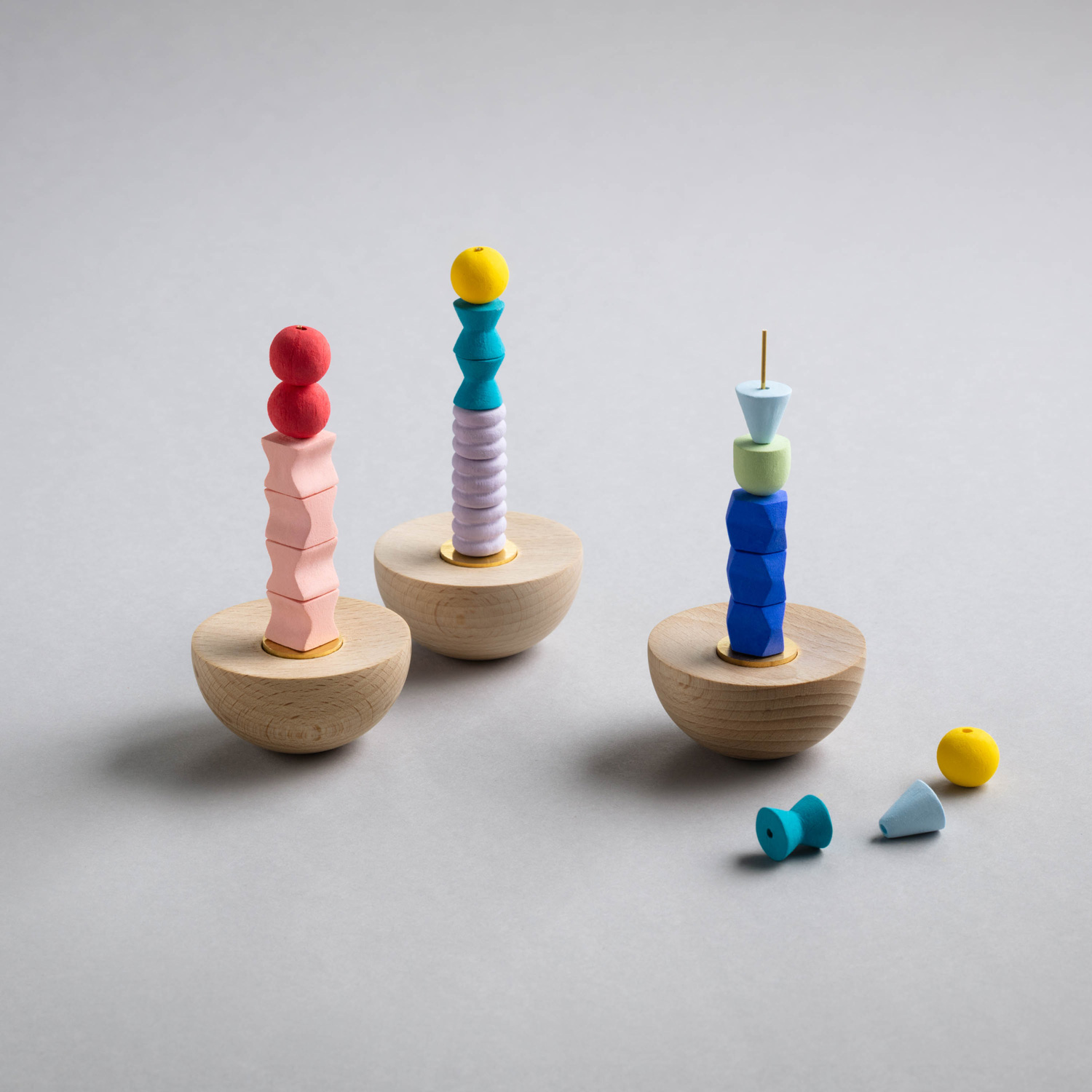
“tokiwokumu” (mrk) received both a Merit Award and the Audience Award, as chosen by the audience through an online vote. This work allows you to stack incense blocks and enjoy fragrances that change as time passes. It was praised for its fun, colorful appearance, and the novelty of letting users program their time based on how they want to spend time starting now. “Considering the compatibility with stationery, I’ve never given good reviews for a fragrance proposal before, but this work is interesting,” said judge Tsuyoshi Tane. “It’s almost like listening to songs. We ‘listen’ to incense in the art of appreciating incense, and it’s fascinating how they designed factors that are invisible, like time, fragrances, and sound.”
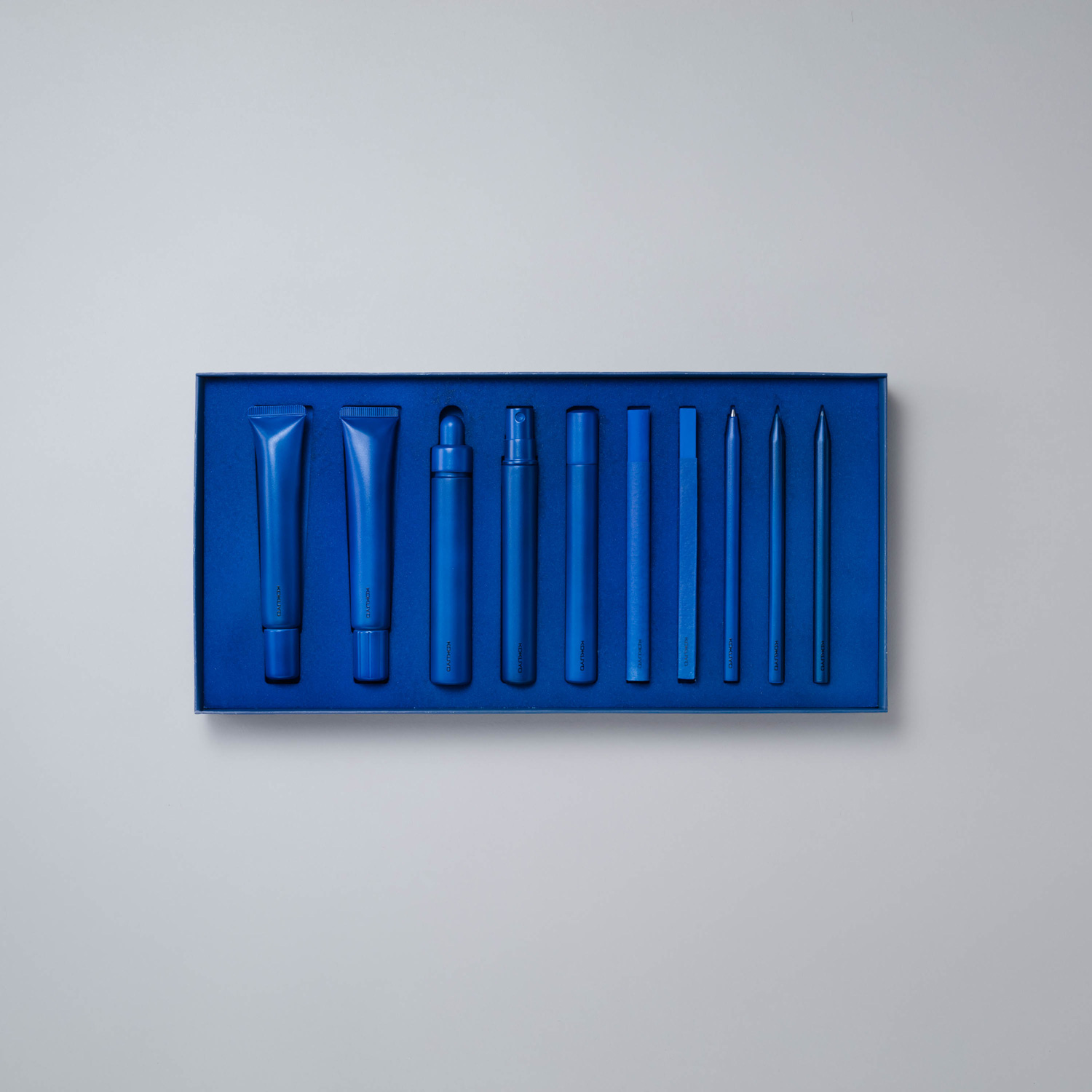
“Texture Sketchers” is a proposal for an art supply set that lets the user draw various textures. By drawing with different materials such as watercolors, oil paint, markers, and crayons, the user can discover texture in the world of color. There have been proposals in the past that focused on color, but the judge Satoshi Yoshiizumi praised it, saying, “Nothing until now has so vividly shaken up our existing views and concepts.” On the other hand, he said in regard to the challenge shared by all of the entries that they “need to think about how the user is supposed to discover the product, and how it creates an ‘UNLEARNING’ opportunity.”
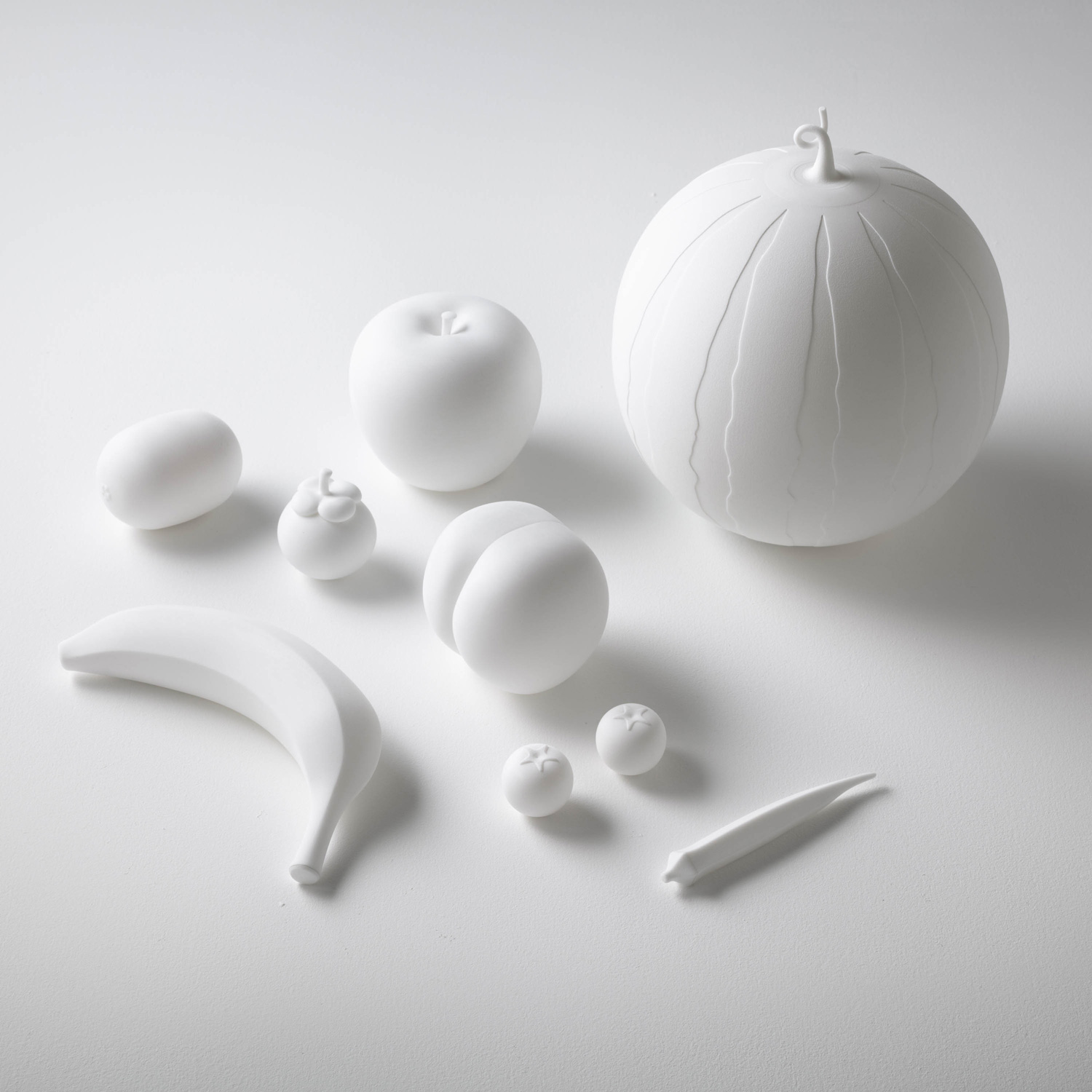
“Fruit Instruments” are shakers shaped like vegetables and fruits such as peaches, tomatoes, and pumpkins. They contain wooden beads modeled after the seeds of each fruit and vegetable, and they make a distinctive sound when they are shaken. This proposal is about triggering “UNLEARNING” in users of their five senses by making them imagine the sound of each shaker based on its shape, then imagine the insides based on its sound. The judges had fun making sounds. Masashi Kawamura said, “I don’t really know why, but they’re so inviting. They’re fun to shake, and there is a great chance that they’ll make good products.” However, he added, “The factor that kept them from winning the Grand Prix instead of a Merit Award may lie in a component that can’t be designed using logic. The creators are incredibly talented, so I want them to think about what they’re lacking.”
One of the highlights is that 21B STUDIO won two Merit Awards. 21B STUDIO is a unit formed by three independent designers: Shotaro Tokioka, Koeda Kobayashi, and Daijiro Arimura. “This year’s theme may have been advantageous for units, since they can have discussions with various perspectives,” reflected Judge Teruhiro Yanagihara. He then added harshly, “The concepts are wonderful and well fleshed out. However, the outputs as products aren’t there yet, and somewhere in the process of actualizing your ideas, it would’ve been nice for you three to discuss, ‘Is this really good enough?’” The three members of 21B STUDIO responded, “We’re happy that our ideas, which we came up through much debates and discussions, were rated highly. In the future, we’ll think more deeply from a commercial perspective and about how and where our ideas can be used.”
Next Year Will Be the 20th Anniversary
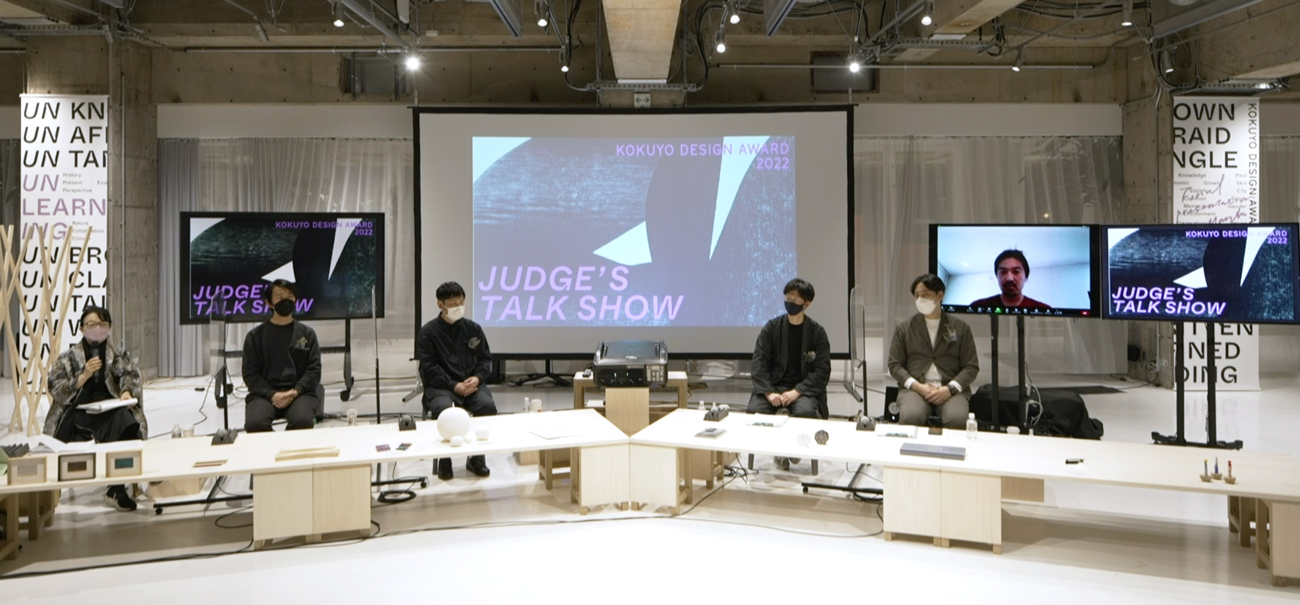
After the announcement of the winners and the award ceremony, the judges’ talk show was held, welcoming Ryuko Kida (Brand Director of ELLE DECOR magazine) as the moderator. The judges reflected and gave their impressions on this year’s theme, “UNLEARNING,” and the ten finalists’ works. “There was a wider variety of proposals than usual, and I had fun judging them,” said Kawamura. “We were forced to think differently from different perspectives than usual. It was an “UNLEARNING” judging experience,” said Yanagihara. “This year stirred up a lot of different discussions and offered a lot to learn for both applicants and judges,” said Tane. “The theme was fundamental and very challenging, but it brought results that strongly demonstrated the power of design,” said Yoshiizumi.
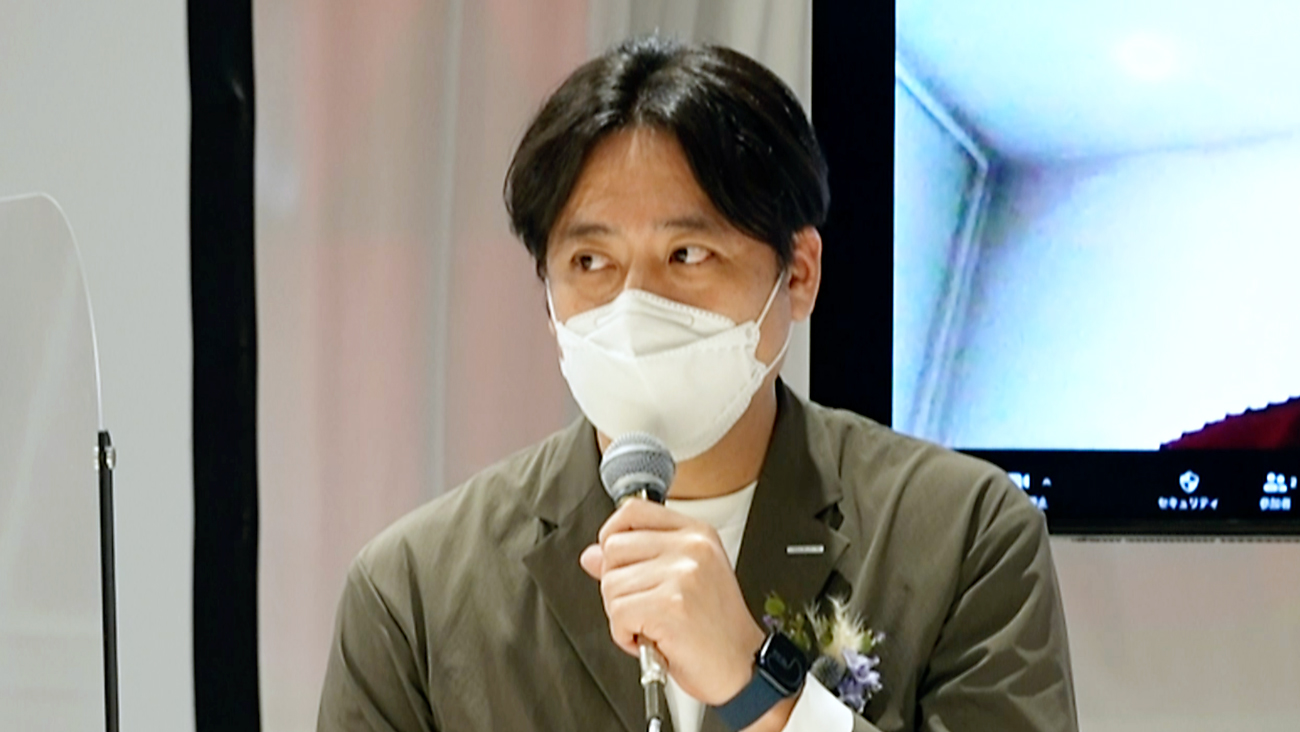
At the end of the talk show, President Hidekuni Kuroda—who watched over the processes throughout the year as the award organizer—wrapped up the KOKUYO DESIGN AWARD 2022 with these words: “This year, there were many debates, even on just deciding the theme. I think it was a difficult theme for both applicants and judges, but all of the works were difficult to reject, making for a fulfilling competition. Next year will be the 20th anniversary of the award. As it gains recognition as a global award and receives even more entries from abroad, I hope it will give an opportunity for more young people in Japan to challenge themselves, to fulfill the philosophy behind the establishment of the award: “to be the gateway to success in design in Japan.”

























